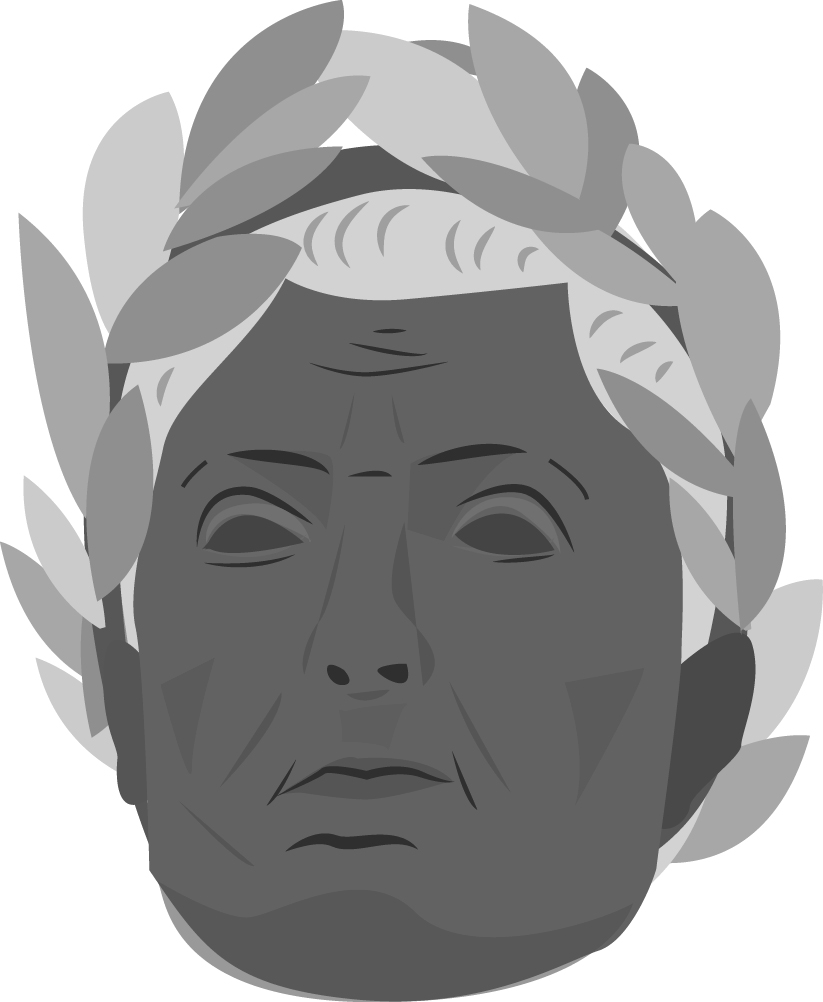By Ashley Mussbacher (The Cascade) – Email
Print Edition: March 11, 2015

UFV’s highly anticipated play Julius Caesar opened its doors Friday, March 6, to a large audience. Directed by Bruce Kirkley, the play takes Shakespeare’s classic tragedy, set in the year 44 BC, and moves it to 2044. This, as Kirkley says in his write-up, is “breaking new ground,” and bravely alters what has been a long-standing classic. So, what happens when you mix the two eras?
Kirkley explains the intention was to “shed light on the historical context that led honourable Romans like Marcus Brutus and Caius Cassius to rise up in opposition to Caesar’s power.” The play is meant to make us question our responsibility to ourselves and our government. In light of terrorism attacks, Bill C-51 (which allows search and seizures without a warrant), and growing international hostility, Kirkley asks, “How much political and personal freedom are we prepared to sacrifice in the pursuit of global security?”
If you’re not familiar with the storyline of Julius Caesar, the futuristic feeling of the play can be somewhat reminiscent of the totalitarian government from James McTeigue’s adaptation of the classic graphic novel V for Vendetta. The collision of the two timeframes made for an interesting experience. The lines are directly from Shakespeare’s play — including the classic Roman names — but the outfits, media, and weapons are pulled directly from the 21st century.
The stage allows for a dramatic digital experience, with live video and visual overlays. In one scene rain is projected, and in another scene the skyline of a crumbling city stands defeated. During a scene where Brutus calls to meeting his conspirators, a live feed of three pairs of actors appear on the wall, giving the impression of a futuristic FaceTime call. The digital injections, paired with audio, are key in creating a powerful atmosphere for significant moments in the play, and without those elements the scenes would be sorely lacking.
However, Kirkley’s choice to keep the original lines in a futuristic play causes some conflict. While the lines are timeless and powerful, they clash with the setting of a contemporary world. Sometimes the lines are difficult to follow, pauses are short, and eventually the words ran together, especially in long monologues.
The scene in which Caesar is brutally murdered by the Senate is altered significantly. In the original scene Caesar is stabbed by each member of the conspirators until his robes are bloodied and he falls to his knees, grabbing hold of Brutus, who delivers the killing blow. In Kirkley’s adaptation, the scene is altered so that each member of the conspirators fires a single shot from their firearm. It is acted as though in slow motion, Caesar bending and twisting with every shot. At the finale of this moment, Brutus shoots him point blank between the eyes, and Caesar falls back, convulsing, dead. The firearms remove a feeling of intimacy that was present in the original scene, and though the loud shots are awe-inspiring, I’m not certain it felt as powerful as the original.
Julius Caesar plays until March 15; showtimes are 7:30 p.m., Sunday matinee at 2 p.m. Tickets can be purchased online, or in person at the UFV Performance Theatre at 45635 Yale Road, Chilliwack.


